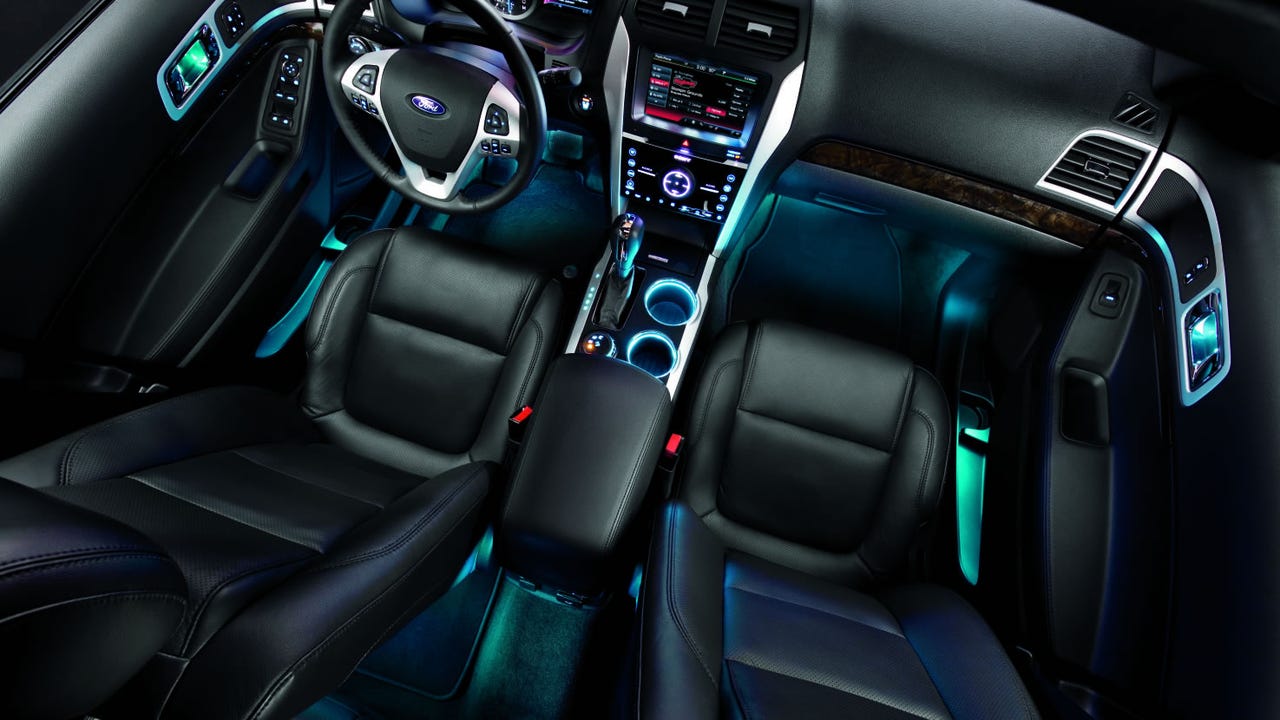Ford moves toward facial recognition and gesture UI in the car


Ford and Intel unveiled a joint research project on Wednesday called Mobile Interior Imaging, or "Project Mobii," to utilize interior cameras, facial recognition software, and data analytics to create a more personalized interaction between driver and vehicle.
"Mobii is a great example of culture of experimentation. I don't know what the user interface of the future is going to be. I know that increasingly, I've got sensors, cameras, technology," said Don Butler, who has been the executive director of connected vehicles and services for Ford since January. "So [we said] let's try to mash some stuff together and see what happens," Butler told ZDNet/TechRepublic.
Project Mobii is still in its experimental phase, but researchers are looking to use it to make the car's user interface experience more seamless and intuitive.
One use for the system: driver authentication. Once a driver enters the vehicle, a front-facing camera snaps a photo. If the driver is recognized, their personalized data -- such as contacts and music -- syncs to the vehicle. If they are not recognized, a photo is sent to the primary owner of the vehicle, and the owner can set restrictions or permissions from a smartphone. Also, if a child gets into a parent's vehicle, it could allow the parent to adjust music volume, speed limits, and phone access from afar.
The system could also be used to detect natural gestures and simple voice commands to adjust the systems and controls in the car. For example, speaking a voice command to change the temperature or waving a hand to open the sunroof instead of pressing a button.
Intel anthropologists and engineers collaborated with Ford to develop facial recognition software and perceptual computing technology for the system.
"This was born out of a visit to Intel and exposure to things they were working on in terms of pattern recognition, image and gesture recognition," Butler said, emphasizing the importance of partnerships in this field. "You literally have to create the future together."
Ford already uses exterior vehicle cameras to alert drivers if they are drifting into another lane or getting too close to another vehicle or object. The company also leverages smart devices and communication capability of them to connect the vehicle to the outside world.
Butler said customer trust remains the most important factor throughout these innovations -- all of the data Ford collects, he said, is still owned by the customer, though Ford will leverage the data to improve customer experience. However, Butler emphasized that Ford wants to be good stewards of customer data.
"The primary way we can enhance that experience is by leveraging the data," Butler said. "The ability to do that is reliant on the trust of the customer."
In a separate announcement the same day, Ford also revealed plans for SYNC 911 Assist, which will be featured on the 2015 Mustang. The system will offer more direct route to emergency assistance by connecting a mobile phone and improve the overall safety and connectivity of the vehicle. Upon entering the vehicle, the driver must give consent that their location and data can be sent to those services.
It's interesting to note that Butler previously helped pioneer OnStar, a similar service for General Motors.
Both projects are part of Ford's larger platform of innovation to better connect people with their vehicle whether they are inside it or away from it.
"We are playing around, experimenting with what might be possible," Butler said "[We'll] expose customers to it, get some feedback, and let it guide our thinking going forward."